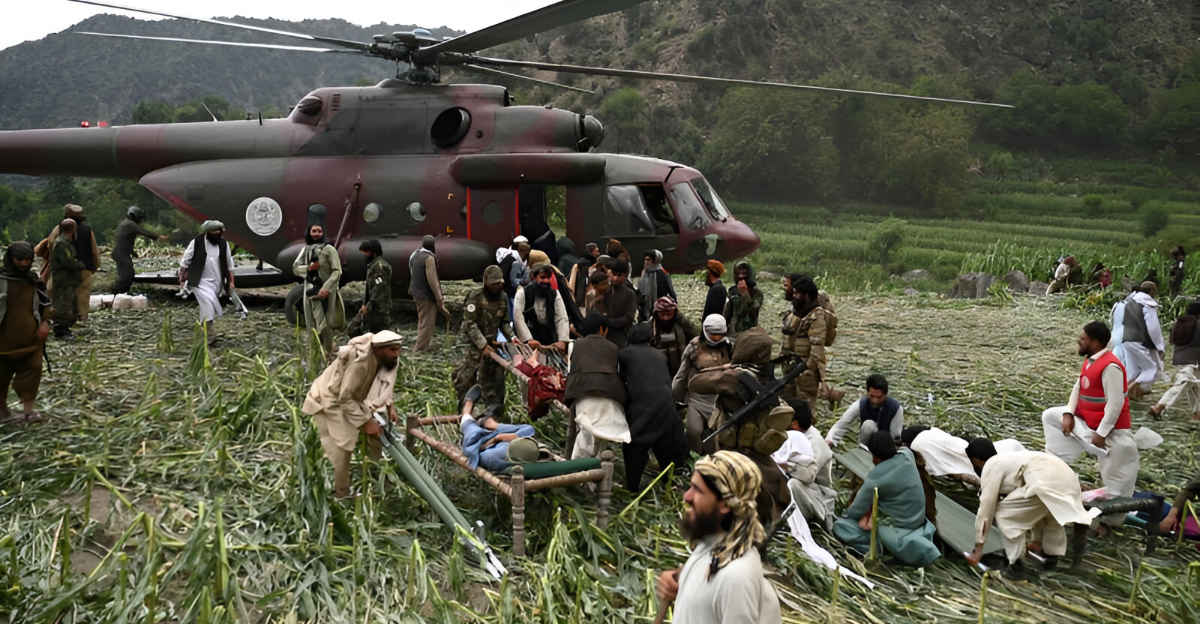
Afghanistan’s mountainous eastern provinces were struck late on Sunday by a powerful 6.0-magnitude earthquake. Officials immediately sounded the alarm. So far, reports indicate over 1,400 people killed and more than 3,100 injured.
Remote mud-brick villages near the Pakistan border were literally flattened, with survivors clawing through rubble at dawn.
With mountain roads choked by landslides, rescuers raced to reach cut-off settlements. Villagers described hearing walls and roofs collapsing around them as they slept. Early reports warned that the death toll would rise as rescuers finally reached the hardest-hit valleys.
Escalating Stakes

By Monday, the Taliban government was openly pleading for help, a sign of the crisis’s magnitude. Health Ministry spokesman Sharafat Zaman told Reuters flatly: “We need it because here lots of people lost their lives and houses.”
The appeal echoed through Kabul, where officials pointed out that Afghanistan was already reeling from chronic shortfalls. Only about 28% of this year’s $2.4 billion humanitarian appeal had been funded before the quake.
Aid workers warned that winter and food shortages were coming, making any delay in funding potentially catastrophic.
Seismic History
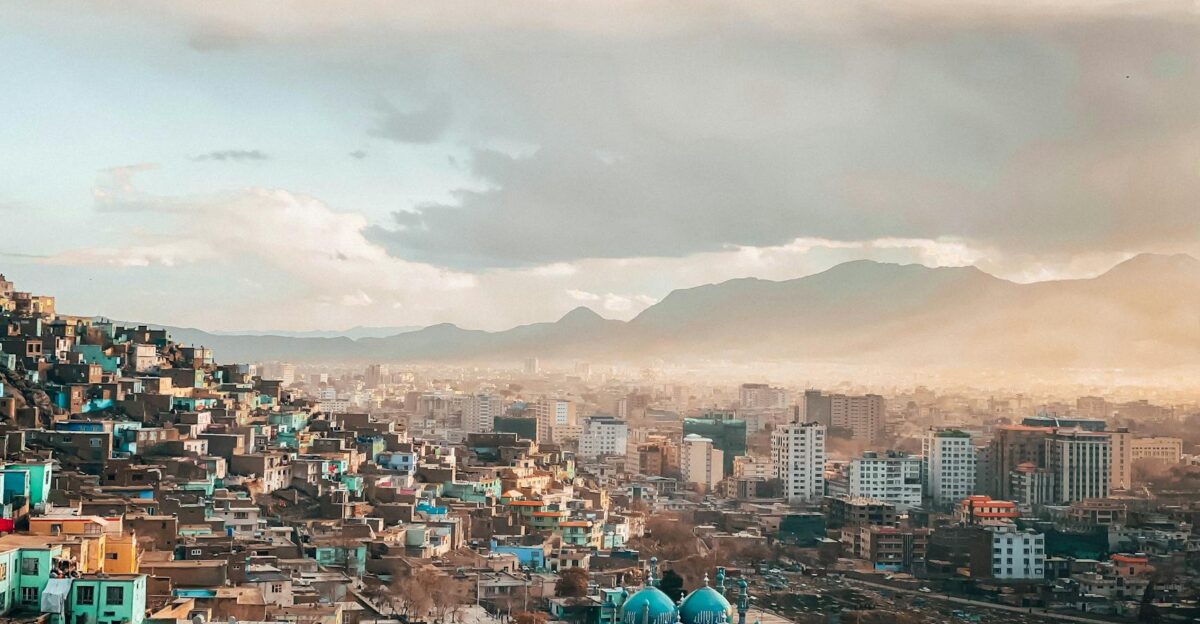
Afghanistan sits at the collision of the Indian and Eurasian tectonic plates, especially under the Hindu Kush mountains, making it highly earthquake-prone.
According to U.S. Geological Survey data, since 1950, there have been 71 earthquakes of magnitude 6.0 or higher within 250 km of the recent epicenter.
In recent years alone, devastating quakes have struck: a 5.9‑magnitude tremor in June 2022 and a 6.3 in October 2023 each killed well over 1,000 people. This region’s mud-brick housing and steep terrain mean that even moderate quakes can turn deadly, foreshadowing the disaster of August 2025.
Mounting Pressures

In the months before the earthquake, Afghanistan was already beset by crises. More than 2.4 million Afghans were expelled from Iran and Pakistan in 2025 alone, straining limited aid and pushing many families back into poverty.
Severe drought had withered crops across the country. Compounding this, major cuts in foreign aid had gutted social services. Aid budgets were slashed by roughly $1.7 billion under the Trump administration, forcing the closure of about 420 health clinics and leaving roughly 3 million people without basic healthcare.
The World Food Programme reported it could then feed only around 1 million people per month, down from nearly half the population in 2022.
Disaster Strikes

Then disaster struck. At 11:47 PM on Sunday (Aug. 31), a magnitude 6.0 tremor rocked eastern Kunar and Nangarhar provinces. The quake’s epicenter was just 10 km underground near Jalalabad, sending violent shaking through the night. Rocks and mud cascaded into the valley roads, trapping entire villages.
In moments, whole houses of packed earth collapsed on sleeping families. One survivor recalled, “I tried to stand up but was knocked over by the power of the tremor… We spent the whole night in fear and anxiety”.
Villagers spent the hours afterwards clawing through rubble by flashlight. Farmer Hameed Jan said later: “I jumped out of bed and rushed to my children… then the roof and walls collapsed around me”.
Regional Devastation

Geographically, Kunar province took the brunt of the catastrophe. Local officials reported that three entire villages in Kunarwere almost completely razed. The quake’s epicenter was about 17 miles east of Jalalabad, but violent shaking and aftershocks were felt across a broad area.
Steep valleys and narrow passes complicated relief efforts. Neighboring Nangarhar and Laghman provinces, while farther from the epicenter, still saw dozens of buildings collapse and at least a dozen fatalities reported.
Unpaved roads were blocked by landslides, forcing many teams to trek on foot. By midday Monday, helicopters were the only way to evacuate the worst casualties out of the high mountain districts.
Human Stories

By Tuesday, the human toll became heartbreakingly clear in personal accounts. Emran Aref, displaced from his village in Nangarhar, sat on a tarpaulin with family heirlooms, saying: “Now we have no place to live and we are asking everyone for help.” In nearby Kunar, 63-year-old Darbar, badly injured, told Reuters of her loss: “We have no house, nothing to eat.” Dozens of others echoed those fears.
Survivors slept outdoors in makeshift shelters rather than re-enter crumbling homes. Government footage showed men using shovels and bare hands to dig out victims, while local people and soldiers formed chains to carry injured victims.
One witness said trucks piled high with flour and men with hand-tools were finally making their way up the mountains after hours of trudging through mud, a stark contrast to the helicopters overhead.
International Response

The outside world’s response began trickling in. The UK government announced £1 million ($1.35m) in emergency aid, routed through UN agencies to ensure it bypassed the Taliban regime. India sent humanitarian assistance to Afghanistan: 1,000 family tents were flown to Kabul and 15 tons of food dispatched into quake-hit Kunar.
The European Union earmarked €1 million in immediate aid and released 130 tonnes of relief supplies (tents, blankets, water purifiers, etc.) from its stockpiles.
Beijing pledged support “according to Afghanistan’s needs” if required, and Pakistan’s Prime Minister vowed “all possible support” for relief operations. Even countries with strained ties to the Taliban offered help: the UAE sent a rescue team, and Iran prepared medical aid convoys.
Aid Infrastructure Crisis
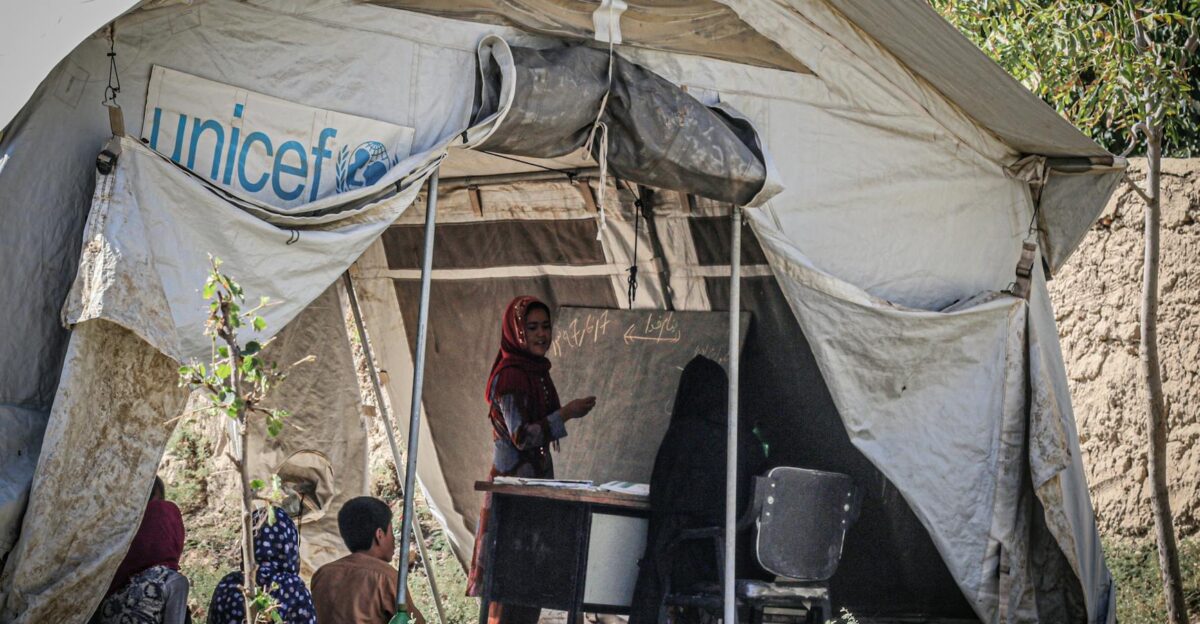
But relief efforts ran headlong into pre-existing aid infrastructure gaps. Years of donor withdrawal had eroded Afghanistan’s humanitarian capacity. U.N. officials noted that total aid funding for 2025 was only around $767 million, far below the $3.8 billion in 2022.
In the quake zone, the effect was stark: WHO figures show 44 health clinics serving 360,000 people in Kunar and Nangarhar were shut down this year due to funding cuts. Across Afghanistan, about 420 clinics have closed, meaning roughly 3 million people lost basic care.
The few hospitals still open were already overwhelmed – Jalalabad’s main hospital was seeing over 1,000 patients daily before the quake from malnutrition and disease.
Critical Gaps

The earthquake exposed these catastrophic gaps. When the roads washed away, the Taliban relied on military helicopters and special forces. The Defense Ministry said it flew about 40 helicopter sorties, airlifting 420 injured or dead.
But the UN’s emergency air service was grounded: UNOCHA’s Kate Carey noted that due to funding cuts, WFP’s only helicopter had been “put out of commission earlier this year”. Aid workers were forced to carry supplies on foot, hiking for hours up muddy trails.
As WFP’s John Aylieff put it, “What we really need is air support… WFP had a helicopter…until a few months ago when funding cuts put an end to that.”. Even basic items ran short – local reports said rescue teams scrambled for body bags and stretchers.
Taliban Frustration
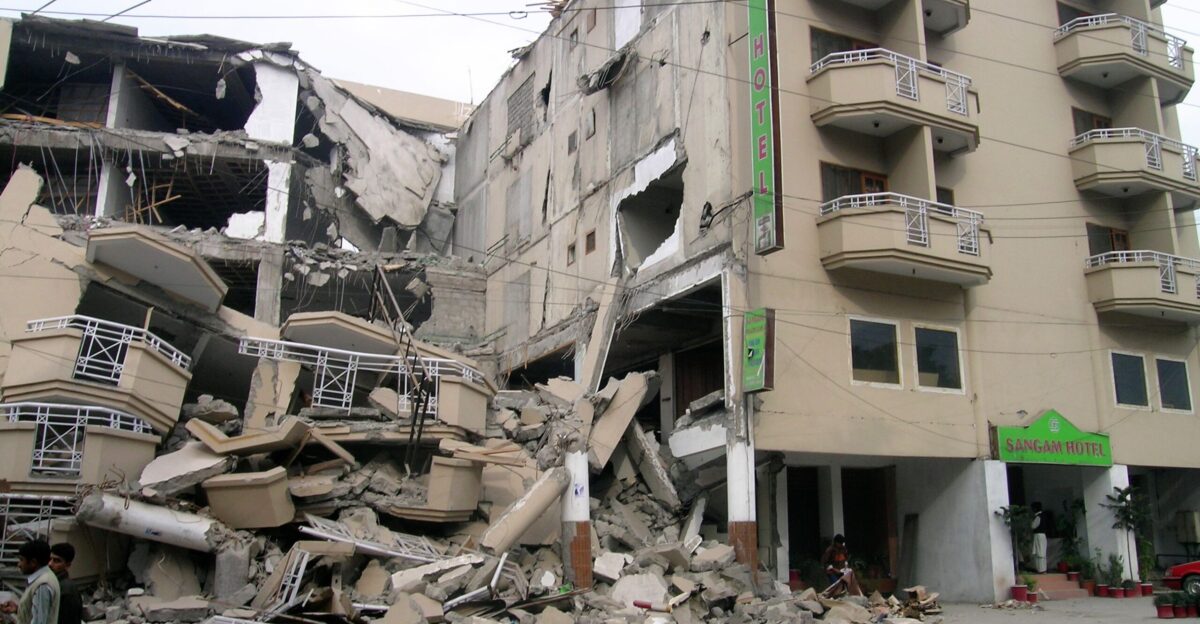
Remarkably, Taliban authorities publicly acknowledged their limits. Yousuf Hammad of the Taliban-run disaster agency told reporters bluntly: “International organizations have played a key role during such disasters in the past. We definitely need international humanitarian aid.”
This was a rare admission of weakness from a regime that usually boasts self-sufficiency and rejects foreign meddling. Even in a televised press conference, officials conceded they lacked equipment and funds to cope alone.
Privately, regional leaders complained they had received no advance coordination from Kabul for decades. The appeals revealed a sharp contrast between the Taliban’s usual rhetoric and the grim reality of this disaster, as parents begged for help that their government could not readily provide.
Leadership Challenges

Behind the scenes, the Taliban scrambled to respond as best they could. Defense officials said security forces mobilized roughly 40 flights of helicopters, evacuating injured people to Jalalabad and Kabul. In several inaccessible valleys, they even airdropped commando teams to dig survivors out by hand.
Still, their calls for aid highlighted a fundamental problem: years of international isolation have left them cut off. Taliban spokesperson Abdul Rahman Habib noted that international support was now “seen as essential”.
Aid experts point out that politics – from non-recognition to sanctions – had drained the government’s capacity.
Recovery Obstacles
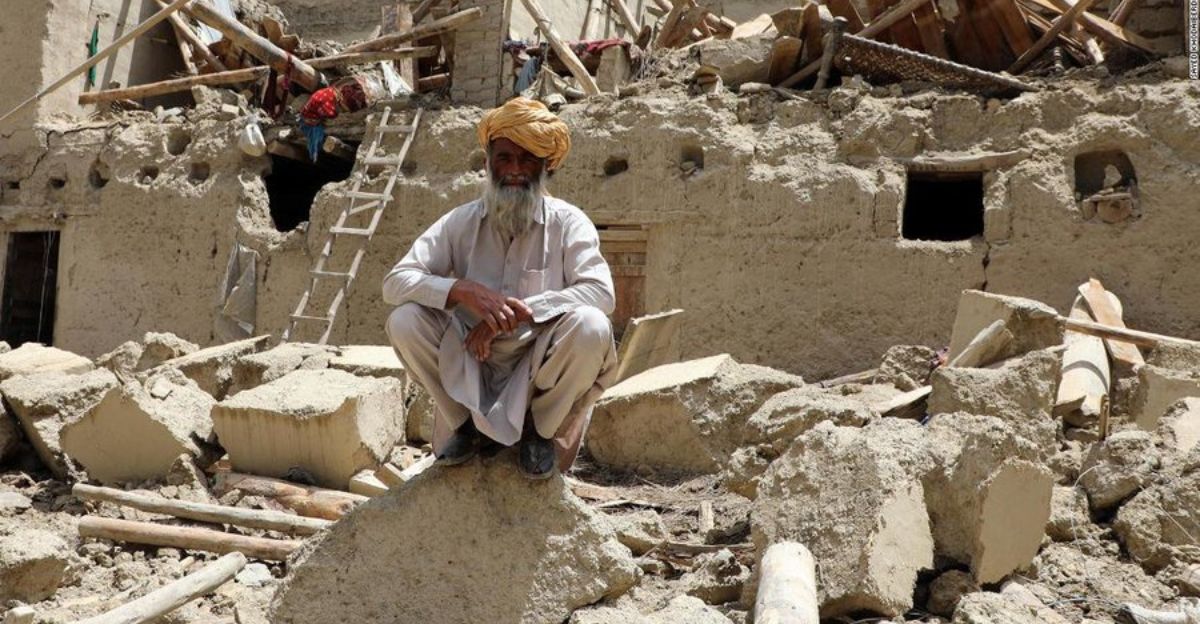
Even as teams fanned out, nature worked against them. Heavy monsoon rains in the days before the quake had already loosened soil on the hillsides. UNOCHA’s Kate Carey warned that “the area of the earthquake was affected by heavy rain in the last 24–48 hours… the risk of landslides and rock slides is also significant”.
As a result, many mountain roads were now slick, blocked, or entirely collapsed. Mobile phone coverage was down, leaving villagers unable to call for help. Aid groups say families were sleeping in open fields, terrified of returning home for fear of aftershocks.
In one worst-hit town – Mazar Dara – a survivor told reporters: “The entire village has been destroyed… Children and elders are trapped under the rubble. We need urgent help.”. Another added: “We need ambulances, we need doctors, we need everything…”
Expert Warnings

Humanitarian analysts say none of this should have been surprising. Thamindri De Silva of World Vision pointed out that donors had grown “queasy about investing in longer-term solutions” such as emergency preparedness, infrastructure and rural healthcare – exactly the weaknesses exposed now.
In interviews, experts emphasized that Afghanistan’s aid system was already teetering. Samira Sayed Rahman of Save the Children warned: “This is now a race against time to save lives – to get injured people out of remote villages cut off by massive rock falls and to get clean water, food and shelter in.”
NGOs and U.N. officials say the country was dangerously underprepared. Many aid leaders worry that without sustained investment, every new crisis – drought, flood or quake – will repeat this cycle of chaos.
Uncertain Future

Looking ahead, the quake raises wrenching questions about Afghanistan’s future. Emergency planners ask whether the current system – sanctions, cash-free foreign aid, and few formal banks – can ever meet a true catastrophe.
U.N. spokesman Stéphane Dujarric warned “the needs remain immense” and urged donors to step up aid.
But funders are understandably cautious. Can relief reach Afghans quickly if it can’t go through the government? Will the world commit enough resources to prevent a slide into famine and displacement? Observers note that without a clear path for unhindered humanitarian funding, Afghanistan risks spiraling into a cycle of crises that could even destabilize the wider region.
Political Implications

The earthquake also ignited debates over international policy. In Washington, officials expressed “heartfelt condolences”but have so far been silent on sending aid.
U.S. lawmakers and NGOs are divided: some argue providing aid through U.N. channels is vital to save lives, while others fear funds could indirectly bolster the Taliban.
The disaster put pressure on this stance. Some humanitarians insist civilian suffering cannot be a hostage to politics, especially when children are starving. But as of now, the State Department’s caution underscores that Afghanistan’s pain is playing out against a backdrop of frozen bank accounts and fraught diplomacy.
Regional Dynamics

By contrast, neighboring states moved quickly, advancing both humanitarian and strategic agendas. China publicly offered help “according to Afghanistan’s needs”. India already dispatched tents and food – an extension of its long-running aid ties with Kabul.
Iran and Pakistan, sharing borders in the quake zone, rushed their own assistance; Pakistan’s prime minister promised “all possible support” and Pakistani relief convoys are operating in Kunar and Nangarhar. Some analysts note this pattern: countries directly affected by spillovers (refugees, security risks) will now have increased influence in Afghan affairs.
As one expert put it, Afghanistan’s international relationships may tilt even more toward neighbors willing to engage the Taliban pragmatically when calamities strike.
Sanctions Framework

The quake highlighted another hurdle: sanctions. U.S. and U.N. sanctions technically allow humanitarian aid, but practical barriers persist. Since 2021, Taliban leaders have remained under sanctions and much of Afghanistan’s foreign reserves are frozen in overseas accounts.
In theory, non-governmental organizations can import relief goods and send funds, but in practice banks often block or delay these transactions for fear of penalties.
Aid officials say even routine transfers can be held up for weeks. In a fast-moving disaster, such “over-compliance” can mean the difference between life and death for survivors waiting for food and medicine.
Children’s Crisis
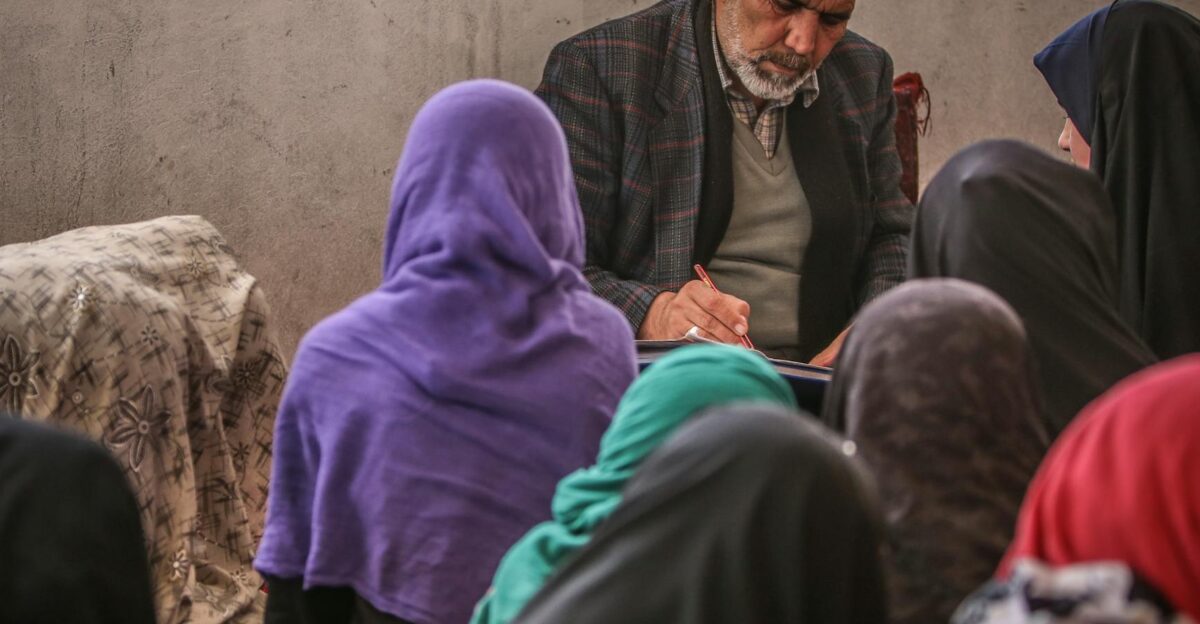
This calamity is unfolding in a country where Afghan children were already enduring historic hardships. Save the Children reported that roughly one in five children – nearly 5 million kids – were facing “crisis” levels of hunger before the quake.
Basic healthcare was already out of reach: when funding was cut, 14 Save-the-Children clinics closed, risking the loss of medical services for about 13,000 children.
Malnutrition was rampant, with clinics struggling to treat thousands of starving children each month. Aid workers fear that the earthquake’s damage will only worsen these trends, leaving a whole generation more vulnerable to disease and starvation unless urgent relief arrives.
Defining Moment
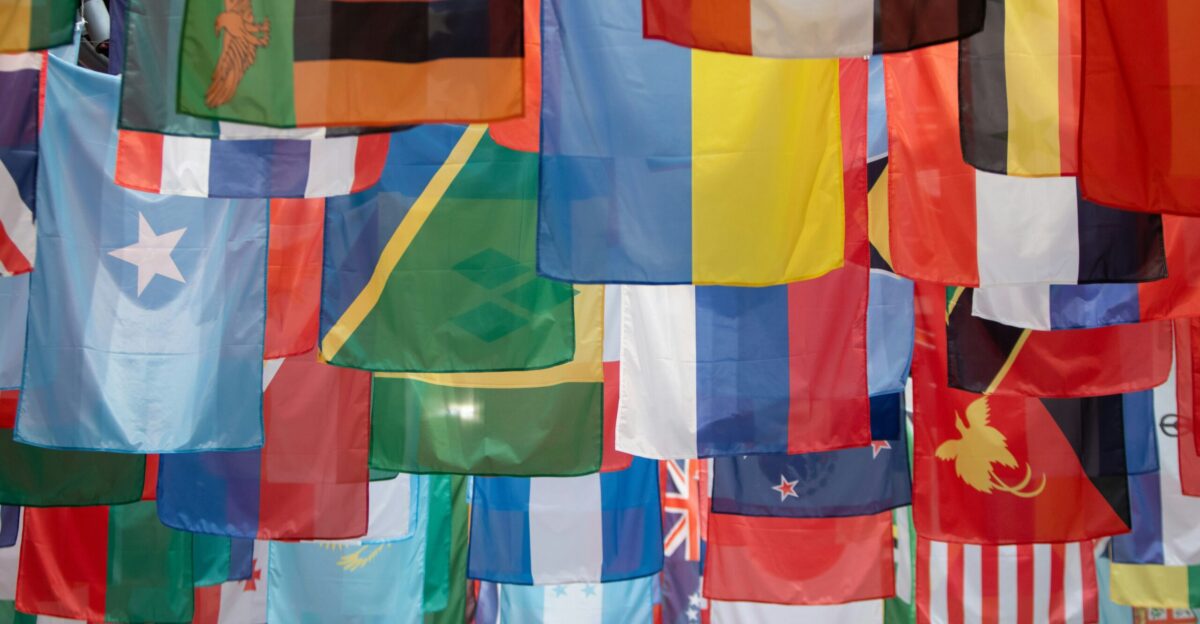
Afghanistan’s earthquake may prove to be more than a natural disaster – it is a test case for international aid in a highly polarized context. As communities dig out and rebuild, the world is watching whether humanitarian need can rise above politics.
For now, the United Nations’ appeal has made clear “the needs remain immense”.
The tragedy underlines a stark choice: will donors bridge the gaps – sending shelter, food, medicine by any means necessary – or will geopolitical tensions dictate who gets help? The outcome could define Afghanistan’s path forward and signal to other regions whether compassion or contention prevails when civilians are in urgent need.